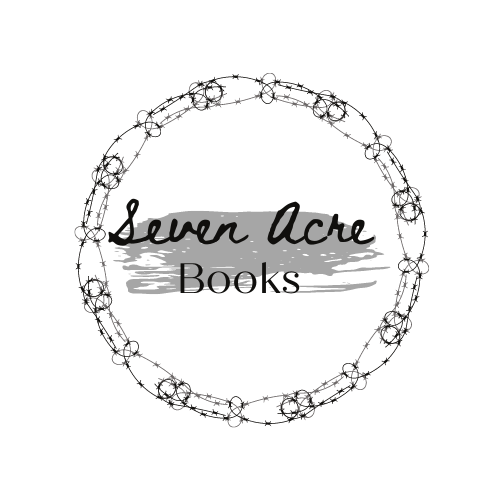The Disappearing Spoon by Sam Kean
/Fun Fact-if you ever want to read a big, complicated book only to realize it's going to be big and complicated, pick up the Young Reader's Edition instead. That's right, grown up stuff simplified for kids.
The Disappearing Spoon by Sam Kean is full of fun and fascinating geek facts about how the periodic table was created and all the drama that went with it. That's right-fascinating geek facts!
Did you know that there was an amazing scientist named Maria Goeppert? She was born in 1906 in Germany and was a sixth generation scientist. She had one problem though, she was a woman which meant that she was repeatedly turned away from universities before finally finding one that would let her earn her PhD. After World War II, the University of Chicago finally took her seriously enough to give her an office and make her a professor, but not seriously enough to pay her. She was a professor and didn't get paid! When she earned the highest honor from the Swedish Academy in 1963, the local newspaper had the headline, "S.D. Mother Wins Nobel Prize." Now, being a mother is awesome and amazing, but I don't remember ever seeing a headline, "Local Father Wins Big Important Thing." Just saying.
Ugh. Maria also went on to discover and develop the nuclear shell model which I don't understand but it's critical for future scientific discoveries about atoms and the structure of the nucleus.
There are plenty of fun facts found in this book. Did you know in 1955 there were scientific experiments going on in the middle of night so they wouldn't have to deal with traffic while traveling from one lab to another? Or how there is a link between the discovery of the double helix model of DNA and how Vitamin C became, falsely, a cure for the common cold.
Sam Kean does a great job presenting interesting information in a very approachable way. The book is broken down in to five sections that cover the how the periodic table was designed to how we use the elements and the table today. There is a periodic table included in the back and like all good nonfiction science books, there is a glossary that I did use once or twice.
Highly enjoyed this book and I'm so glad to have it available to my young readers at the Library. Or, adults who like their books shorter and easier to read. You know, like me.
You can get your copy, and help support the site, here:



